
Why This Doctor Refuses to Prescribe Statins for High Cholesterol
Why This Doctor Refuses to Prescribe Statins for High Cholesterol
When most people hear the word “cholesterol,” they immediately think of heart disease and prescription statins. But according to Dr. Annette Bosworth, that view is far too simplistic. Not all cholesterol is created equal—and not every patient benefits equally from taking a statin.
There are actually two main forms of LDL cholesterol—the so-called “bad cholesterol.” One type is relatively harmless, while the other can quietly set the stage for heart attacks and strokes. The key question is: if you’re taking a statin, which type is it really affecting? Understanding that difference could change how you think about heart health entirely.
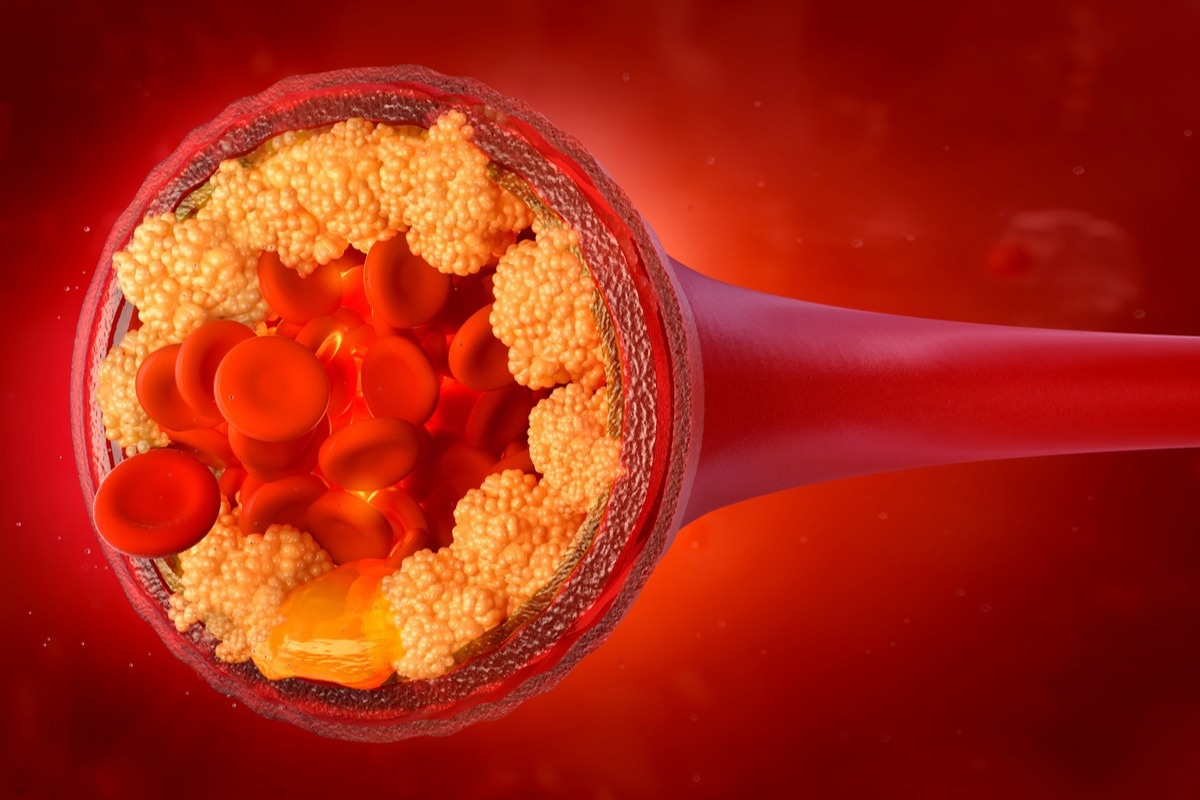
💡 Understanding Cholesterol: More Complex Than You Think
When your doctor orders a cholesterol test, the results don’t actually measure cholesterol itself. What’s being measured are lipoproteins—tiny spherical carriers that transport fats like cholesterol and triglycerides through your bloodstream. Because blood is mostly water and fats don’t dissolve in water, these “delivery trucks” are essential for moving fatty substances safely around the body.
There are several types of lipoproteins, each serving a slightly different role:
-
Chylomicrons: The largest and least dense, they transport fat from your digestive tract and are rapidly cleared.
-
VLDL (Very Low-Density Lipoproteins): These smaller particles are rich in triglycerides, delivering them to cells for energy.
-
IDL (Intermediate-Density Lipoproteins): Transitional particles that form as VLDLs unload their cargo.
-
LDL (Low-Density Lipoproteins): The final form, carrying mostly cholesterol back through the bloodstream.
LDLs are the ones most people recognize—and the ones most often labeled “bad.” But as Dr. Bosworth points out, there are two distinct types of LDL particles, and that difference can be the line between healthy arteries and clogged ones.
🧬 The Two Faces of LDL Cholesterol
-
Fluffy, Large LDL: These particles are big and buoyant. They move freely through your bloodstream and are less likely to penetrate arterial walls.
-
Small, Dense LDL (“Bullet LDL”): These particles are compact, heavy, and much more likely to squeeze between the cells lining your blood vessels—causing the inflammation and plaque buildup that lead to heart disease.
Both carry cholesterol, but it’s the size and density that determine their risk potential. The more small, dense LDL particles you have, the greater your cardiovascular danger.
🔄 The Normal Lipid Cycle: A Healthy System at Work
In a healthy metabolism, your liver packages dietary fats into chylomicrons, which quickly become VLDLs. These VLDLs travel through the bloodstream, dropping off triglycerides to cells for energy. As they lose fat, they become IDLs and finally LDLs—cholesterol-rich particles that are then recycled back to the liver for reuse.
It’s a beautifully efficient process. Your body uses what it needs, reclaims what it can, and keeps blood vessels clear and healthy.
⚙️ When Things Go Wrong: High Insulin and Fatty Liver
Problems begin when insulin levels remain chronically high—a condition known as insulin resistance, which often develops from diets high in refined carbs and sugar.
Here’s what happens when insulin stays elevated:
-
Liver Overload: Excess insulin drives your liver to store more glucose as glycogen. Once storage fills up, the liver starts converting excess energy into fat, leading to fatty liver disease. Over time, this can progress to cirrhosis—even in people who never drink alcohol.
-
Traffic Jam in the Bloodstream: With cells already “full” of energy, VLDLs can’t unload their triglycerides efficiently. They linger in the blood longer, turning into more IDLs and ultimately, more small, dense LDL particles.
-
Recycling Failure: High insulin also blocks LDL recycling. The liver, now overloaded with fat, can’t reabsorb these particles. As a result, dangerous small LDLs continue circulating—and eventually, they get stuck in arterial walls.
⚠️ Inside Your Arteries: Where the Real Danger Lies
Under normal conditions, your arteries are lined with a smooth, protective layer called the endothelium. Large, fluffy LDLs pass by harmlessly.
But the smaller, denser LDLs are like tiny bullets—they can wedge themselves beneath this lining. Once trapped, they undergo oxidation, a chemical change that triggers the immune system to attack. White blood cells rush in to clean up the oxidized LDL, but in doing so, they create an inflammatory buildup known as plaque.
Over time, this sticky plaque thickens, hardens, and can eventually rupture—blocking blood flow and causing a heart attack or stroke.
This is why simply knowing your “LDL cholesterol number” isn’t enough. What matters most is the type of LDL circulating in your blood—and what’s driving its production.
💊 Statins: What They Do—and What They Don’t
Statins are among the most prescribed drugs in the world, designed to lower LDL cholesterol by blocking an enzyme in the liver that produces it. They effectively reduce total LDL levels in the blood—but here’s the critical point:
Statins lower both fluffy and small, dense LDL particles. However, they do not remove the small, dense LDLs that have already become trapped and oxidized within arterial walls.
Moreover, statins don’t directly address insulin resistance, the metabolic dysfunction that often causes these dangerous LDLs to form in the first place. So while your cholesterol test numbers might look better, the underlying problem may still be simmering beneath the surface.
Research even suggests that between 50 and 200 people need to take statins for two years to prevent a single heart attack. This doesn’t mean statins have no value—they can be life-saving for certain high-risk patients—but it highlights the importance of treating the root cause, not just the lab results.
🧩 The Real Solution: Fixing Metabolic Health
Dr. Bosworth and other metabolic health experts emphasize that lasting heart protection comes from lowering inflammation and improving insulin sensitivity—not just from lowering cholesterol.
Here’s what that looks like in practice:
-
Reduce sugar and refined carbs: These are the main drivers of high insulin and small, dense LDL production.
-
Increase healthy fats: Avocados, olive oil, nuts, and omega-3s from fish can raise “good” HDL and promote fluffy LDL.
-
Move your body: Regular physical activity improves insulin sensitivity and circulation.
-
Manage stress and sleep: Cortisol spikes from chronic stress can elevate both blood sugar and triglycerides.
-
Consider testing for particle size: Ask your doctor about an advanced lipid panel (like NMR or ApoB testing) to assess LDL particle type, not just total cholesterol.
✅ Key Takeaways
-
Not all LDL cholesterol is harmful. The small, dense type is far more dangerous than the large, fluffy type.
-
High insulin levels—often from poor diet—drive the creation of these harmful LDLs and prevent proper recycling by the liver.
-
Statins lower LDL numbers, but they don’t eliminate the oxidized particles already stuck in arteries.
-
Addressing inflammation and insulin resistance is the true path to preventing heart disease.
If you’re already taking a statin, don’t stop without consulting your doctor. Medication decisions should always be made with medical supervision. But if you want to protect your heart long-term, start by improving your metabolic health—because that’s where the real battle against heart disease begins.
News in the same category

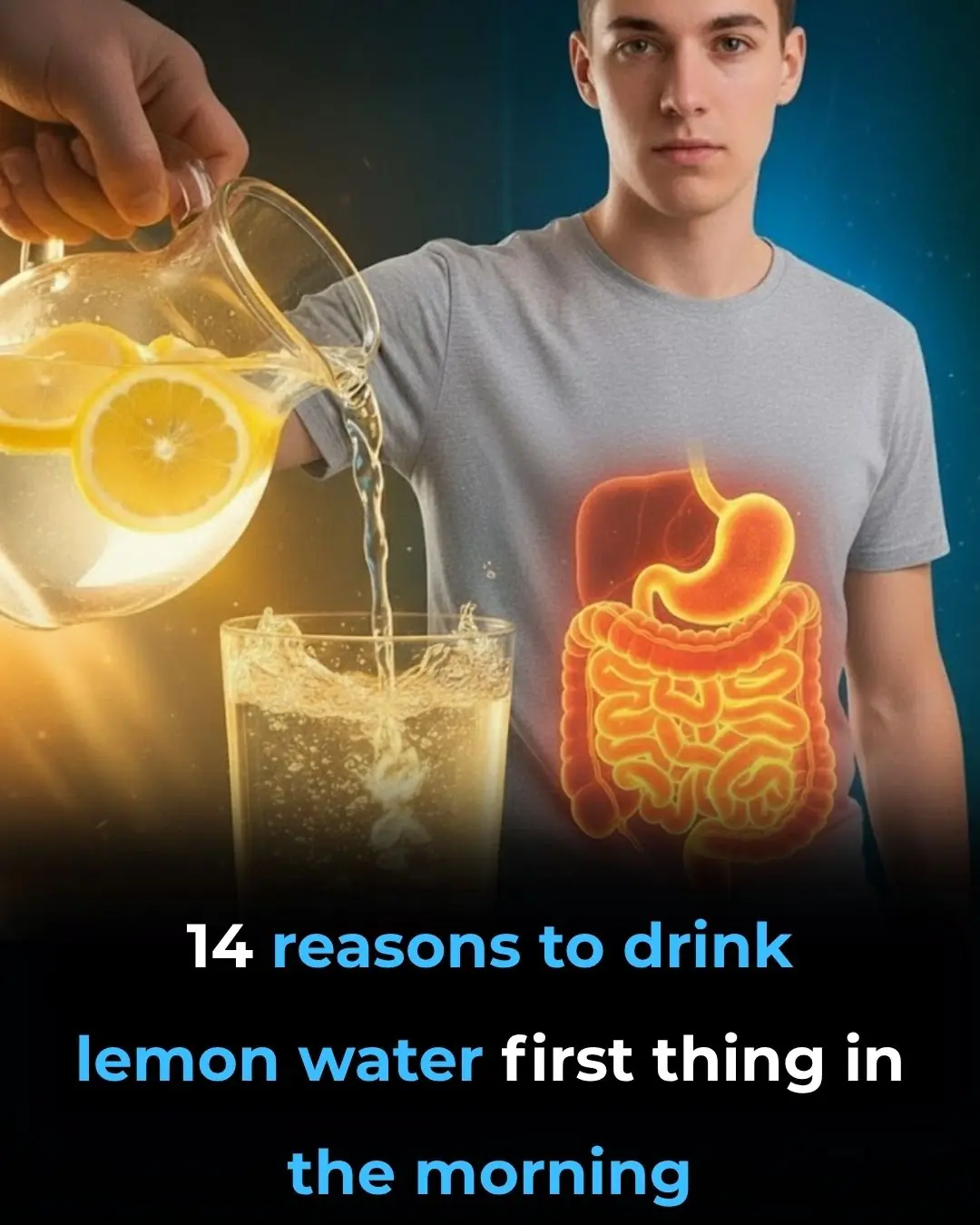
14 Reasons to Drink Lemon Water First Thing in the Morning
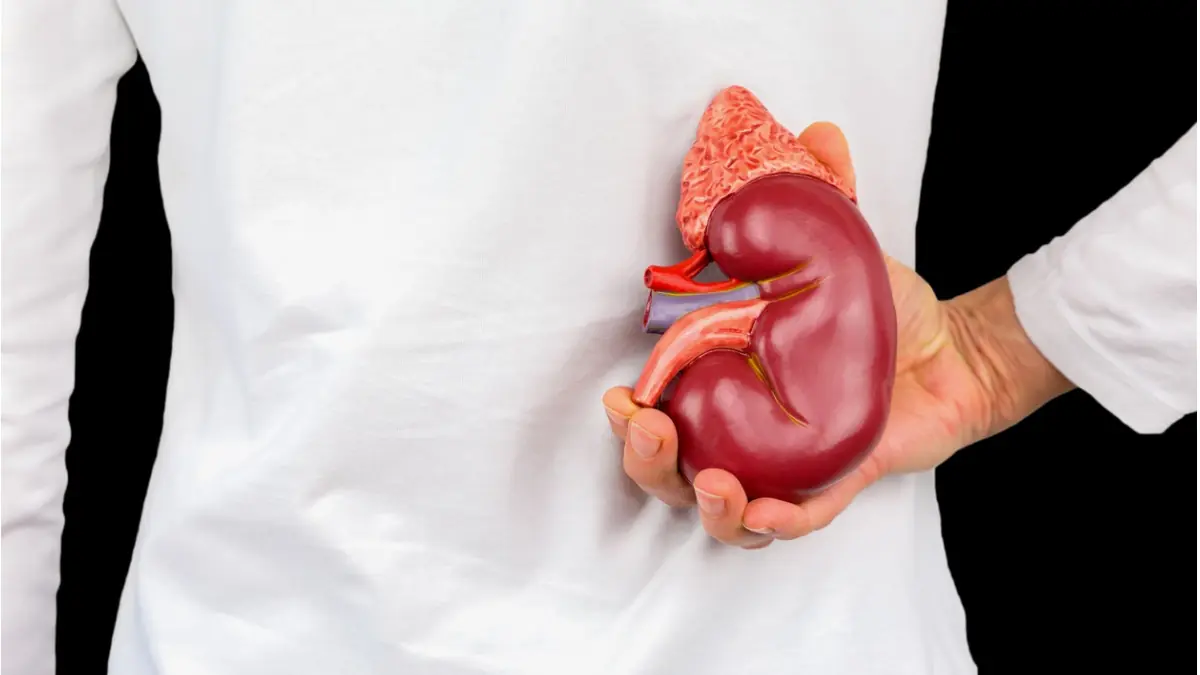
The #1 Food for Detoxifying and Supporting Kidney Health

Dark Chocolate and Tea Found to Significantly Lower Blood Pressure
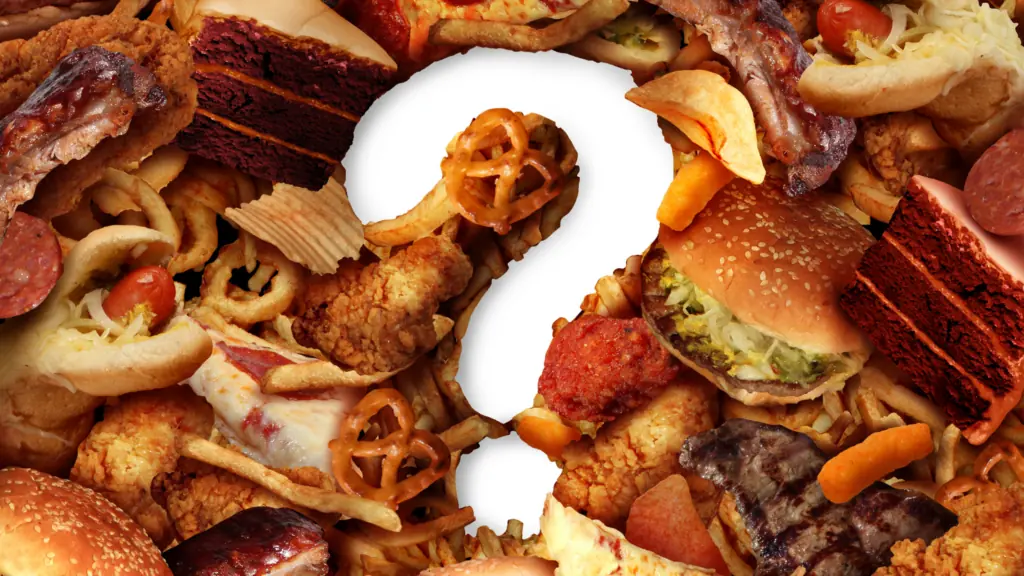
Top 5 Foods to Avoid if You Have High Blood Pressure

How bathing too often can affect your health
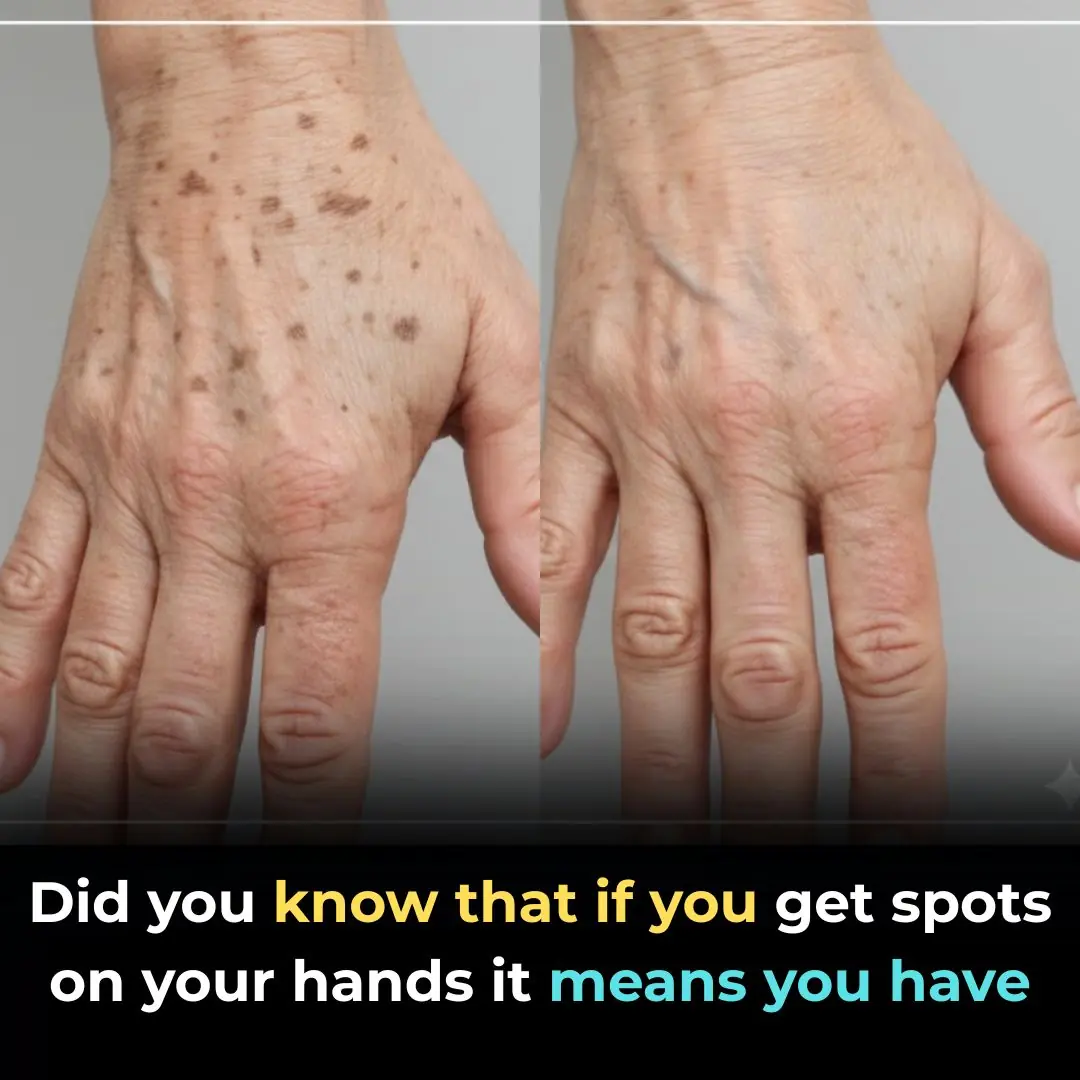
Did you know that if you get spots on your hands it means you have
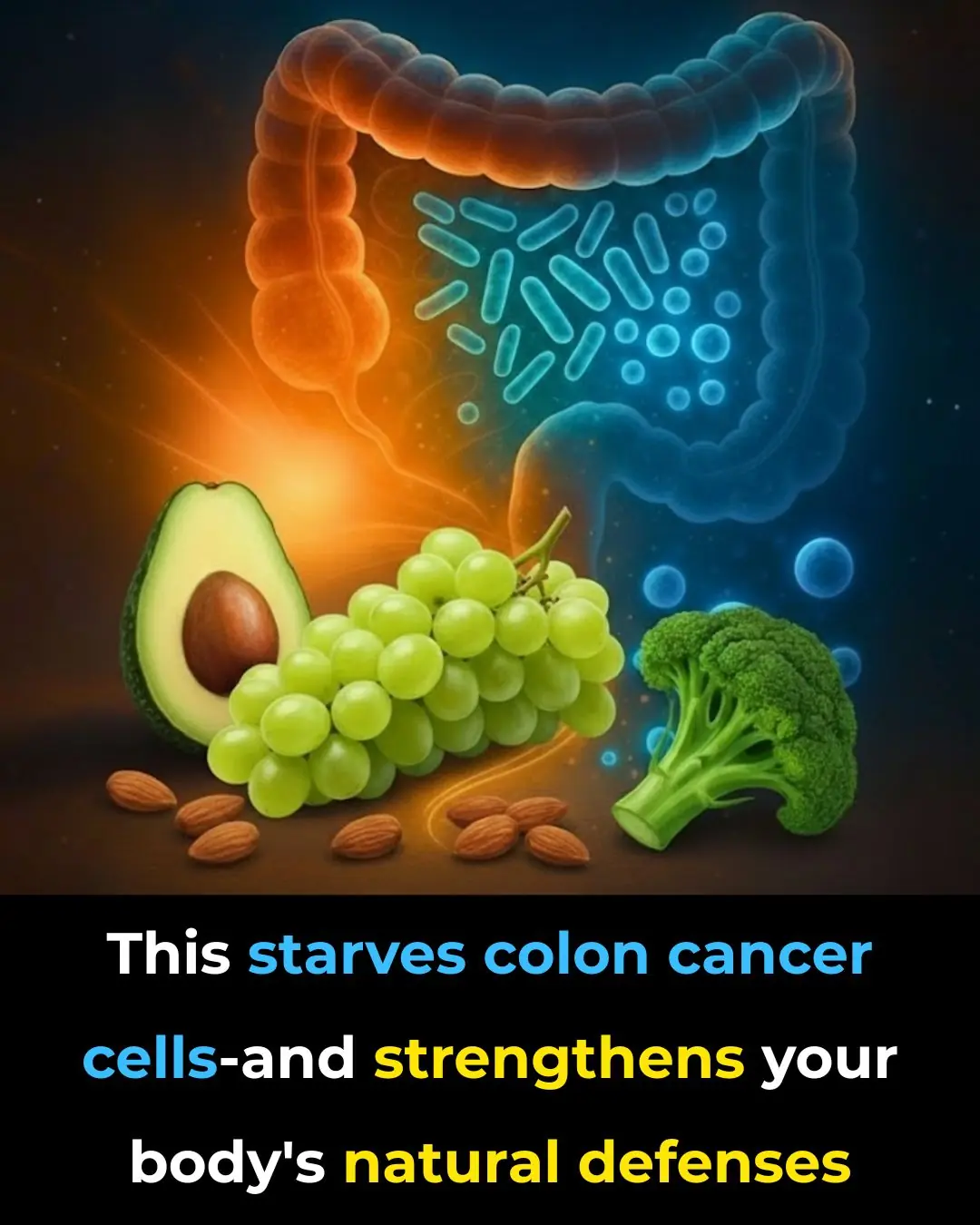
This starves colon cancer cells — and strengthens your body’s natural defenses

7 COLLAGEN-boosting foods to ERASE joint pain & inflammation FAST!
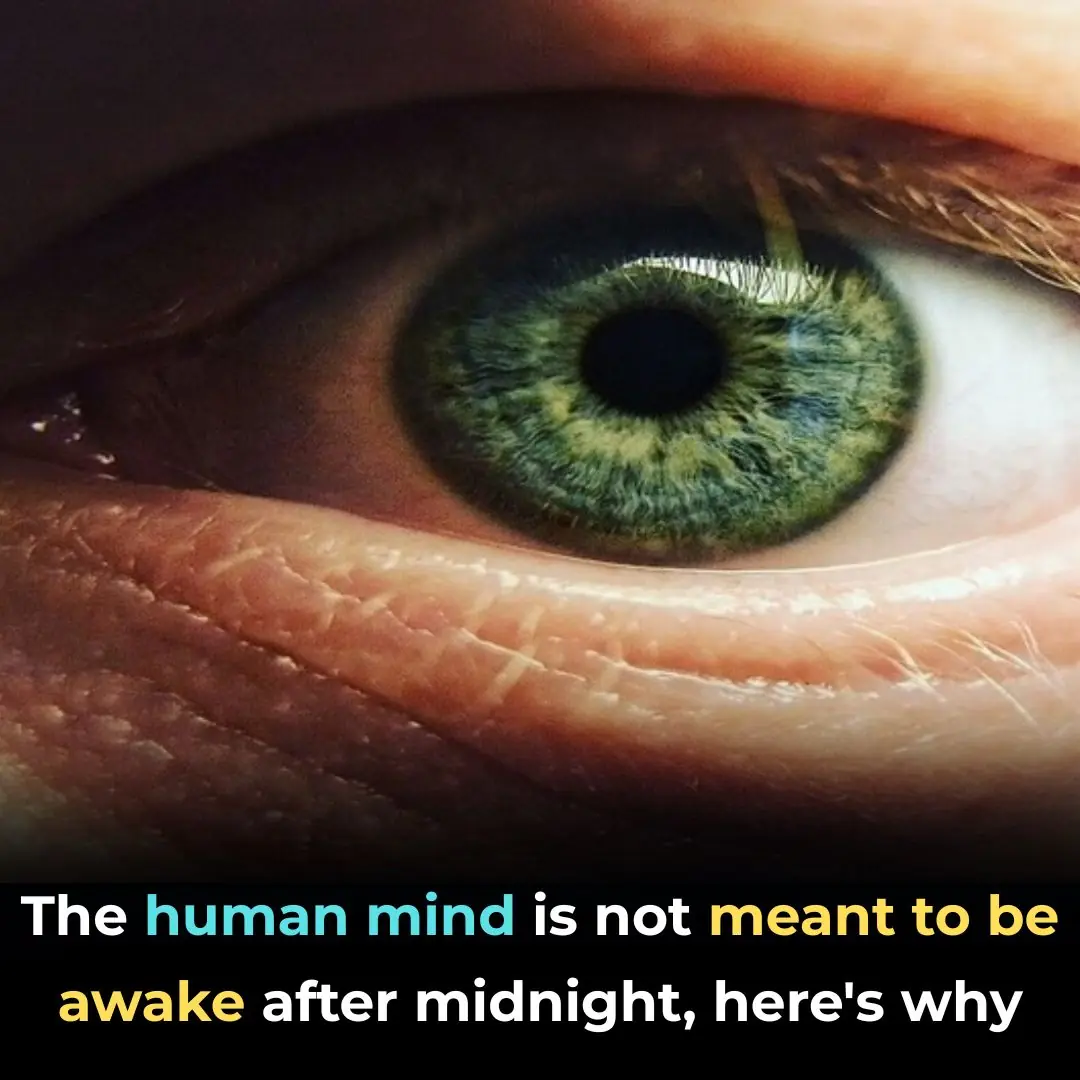
The Human Brain Isn’t Built for Late Nights, Experts Warn
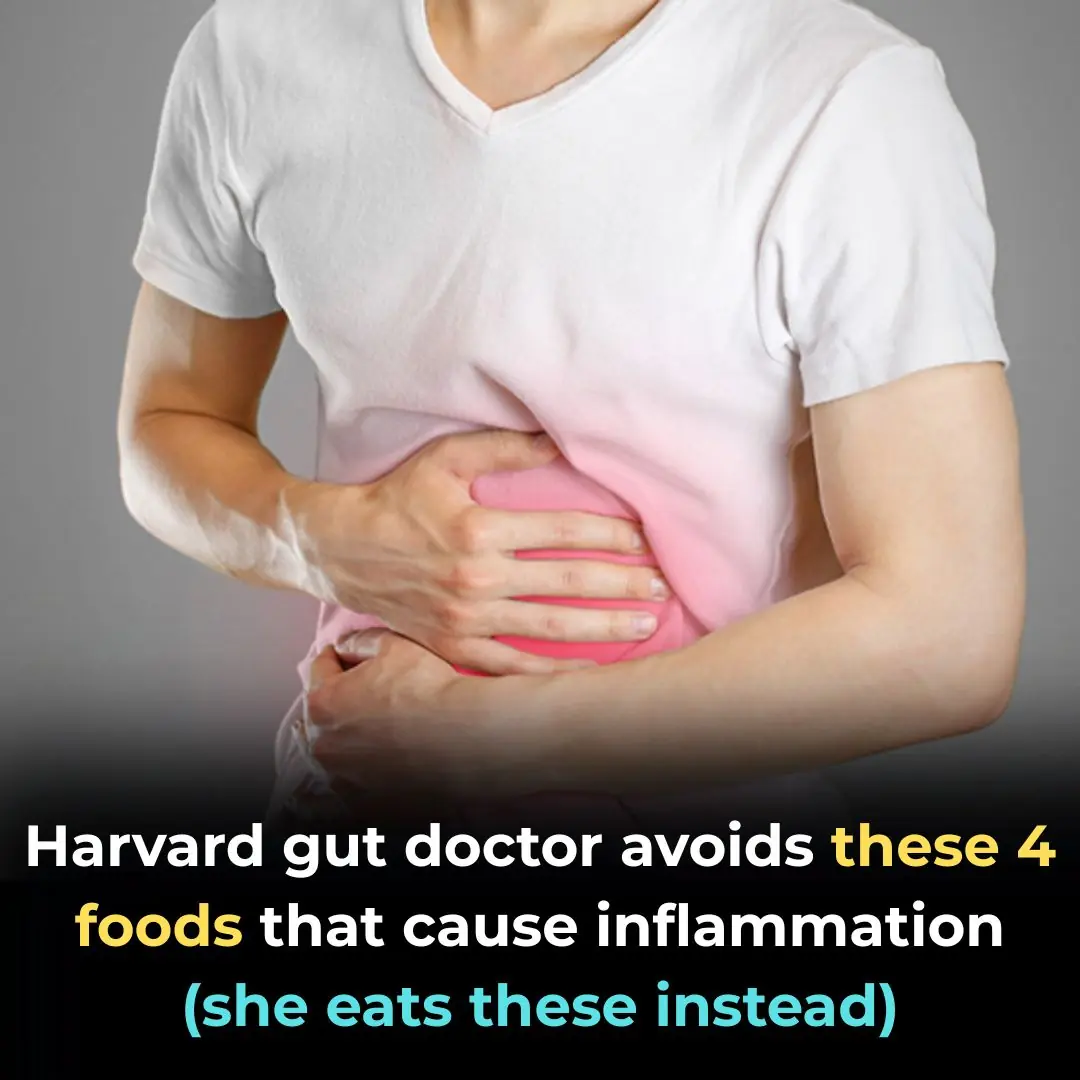
Harvard Doctor Reveals Foods You Should Avoid to Prevent Inflammation
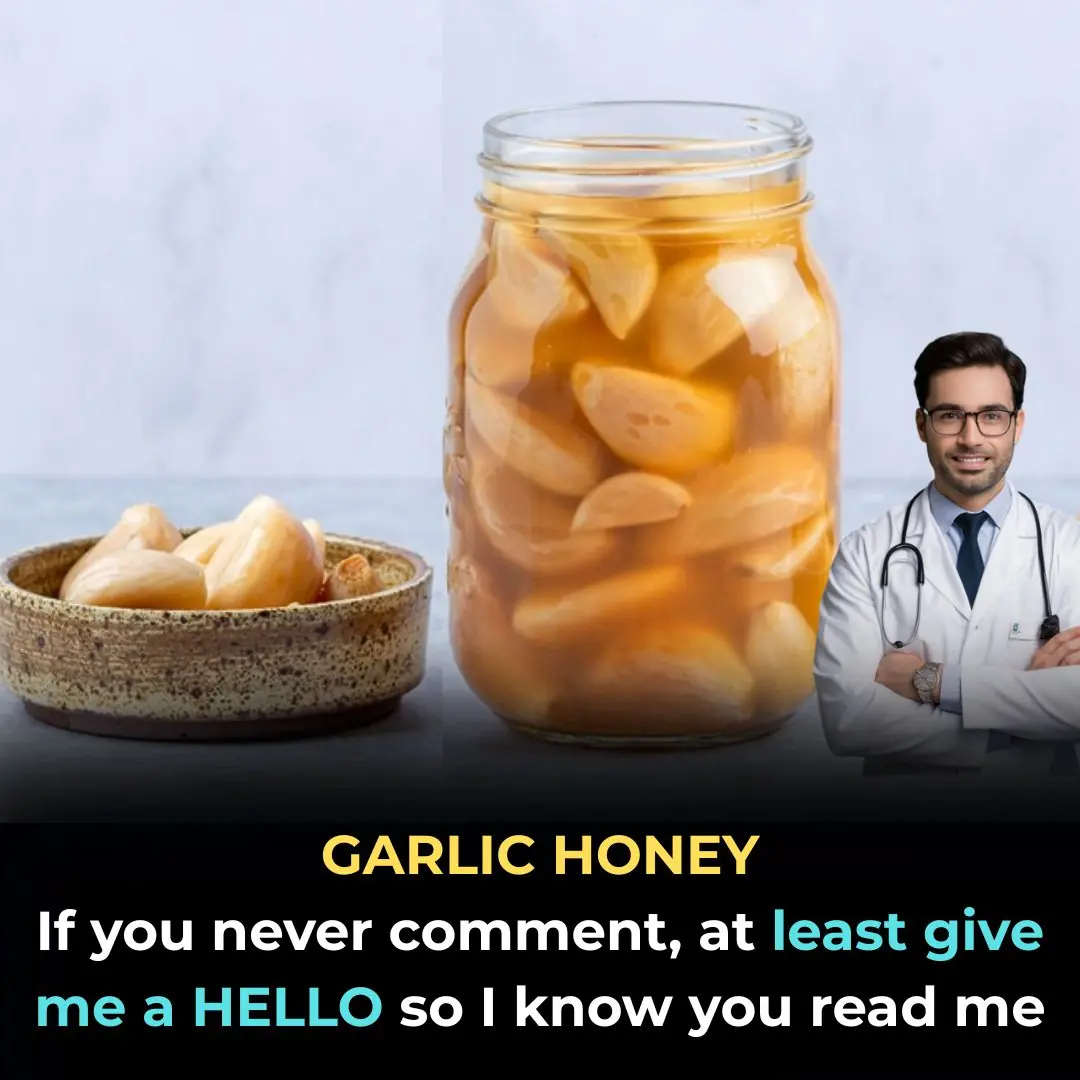
Unlock Your Body’s Hidden Power: Try Garlic and Honey on an Empty Stomach for 7 Days

Starve cancer: the diet rotation strategy you need to know
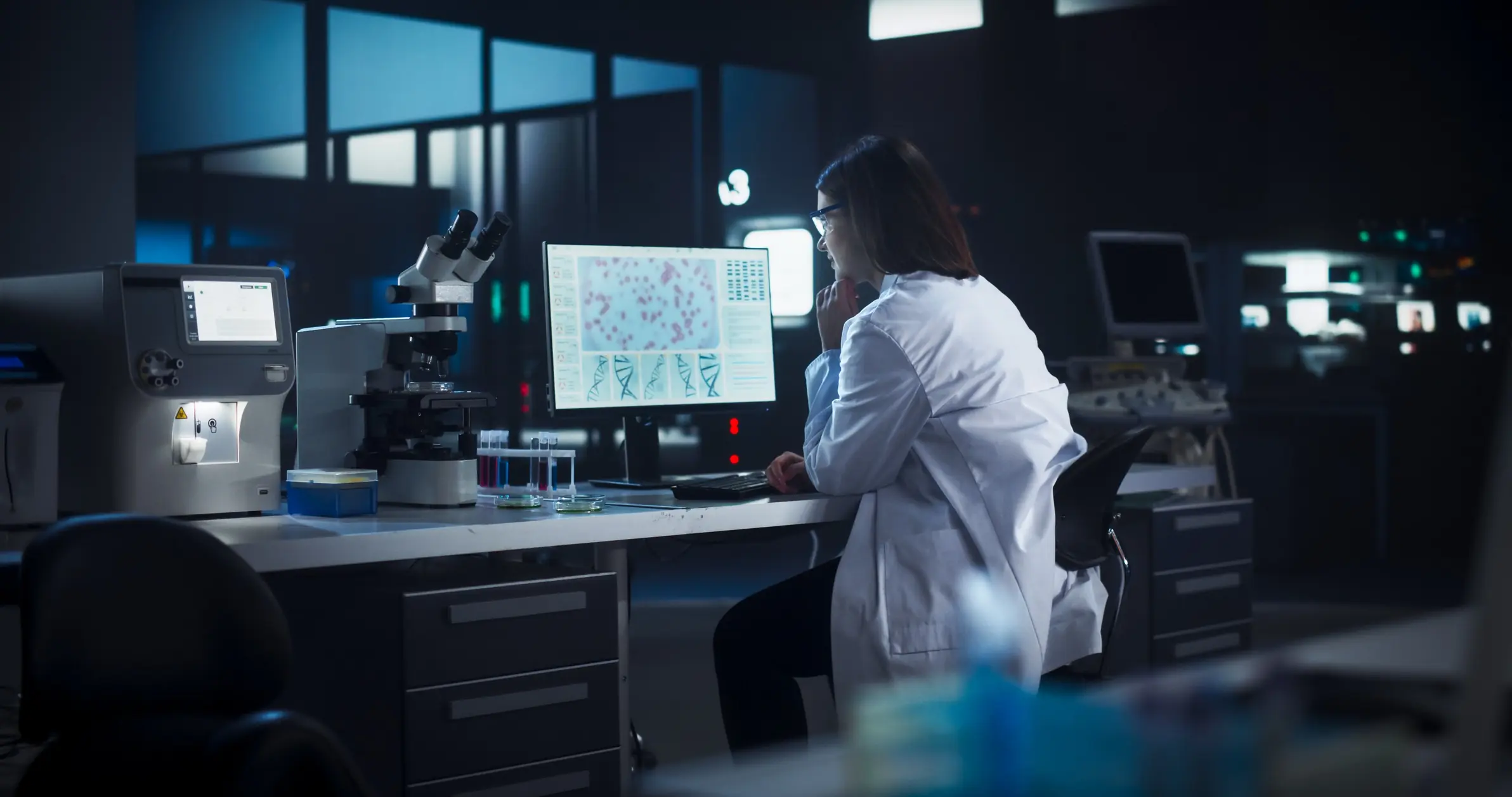
SHOCKING NEW STUDY REVEALS WHAT MIGHT BE SILENTLY DESTROYING HUMAN FERTILITY

POPULAR SHAMPOO URGENTLY RECALLED BECAUSE IT CONTAINS BACTERIA THAT KILLS UP TO ONE IN TEN PATIENTS
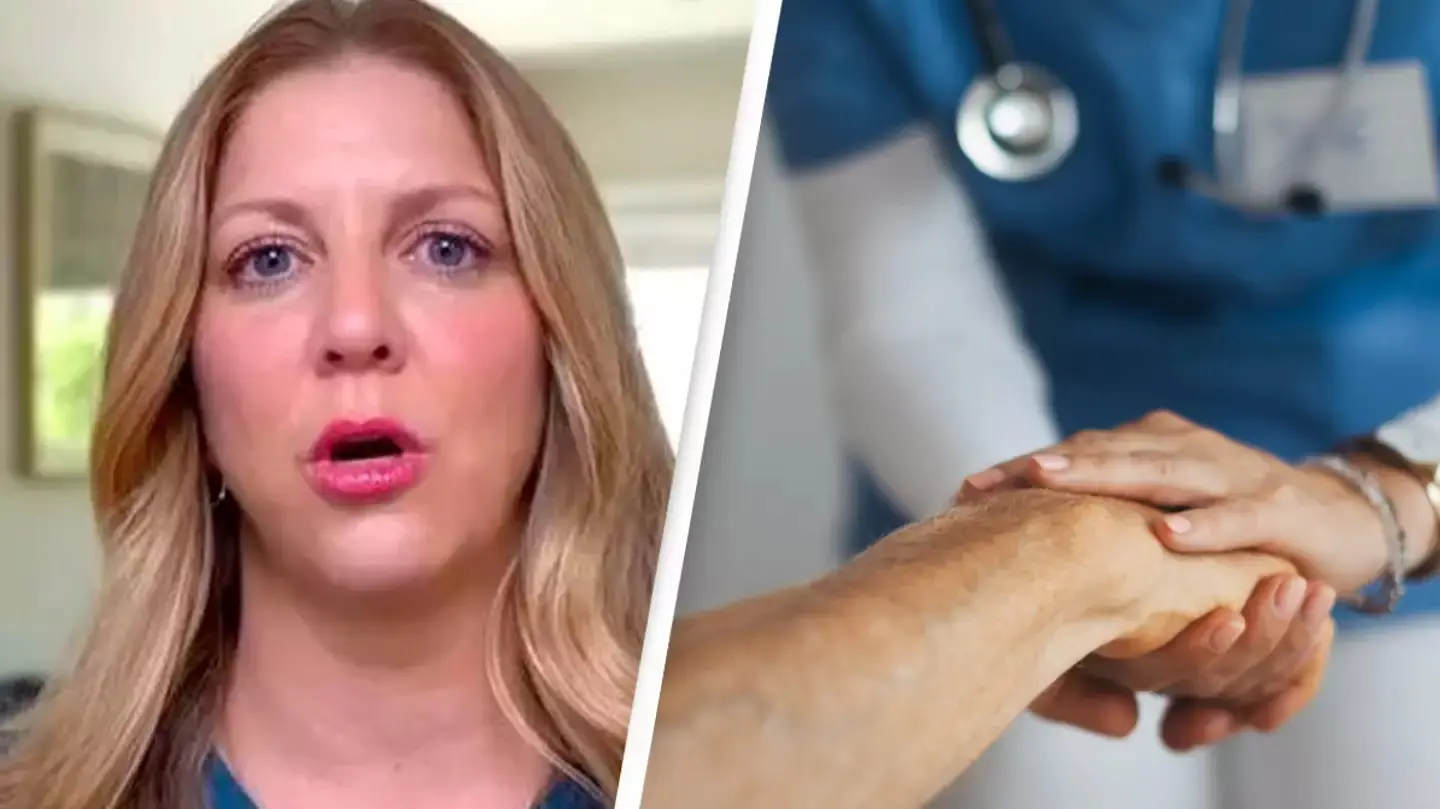
Nurse who's witnessed 'so many deaths' explains spine-chilling moment she realised 'what happens after we die'
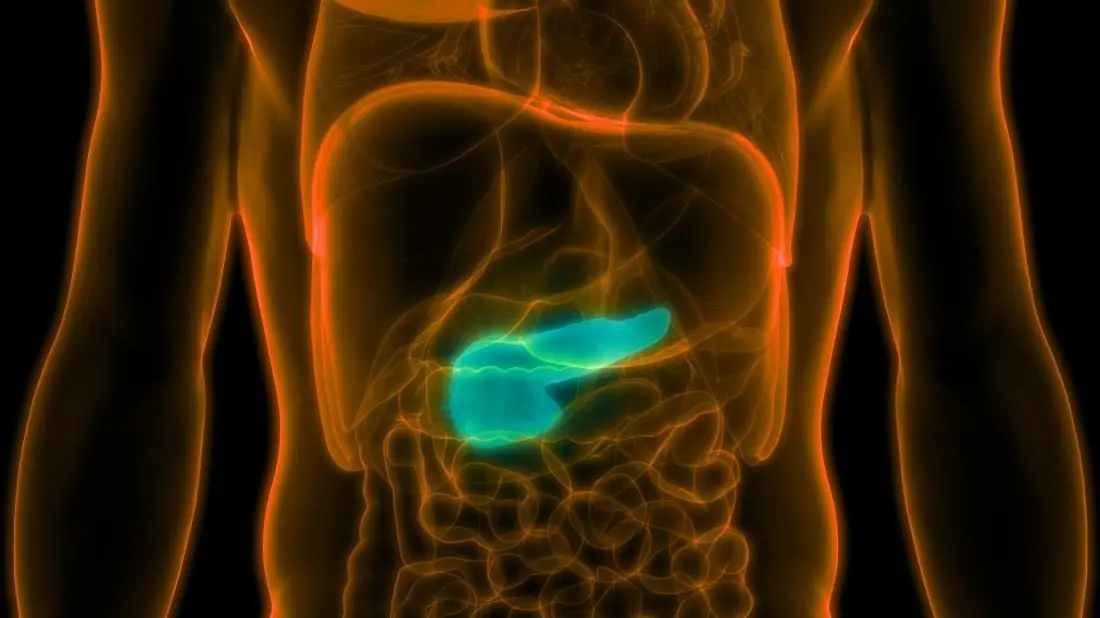
The influenza flu virus is being used to cure pancreatic cancer
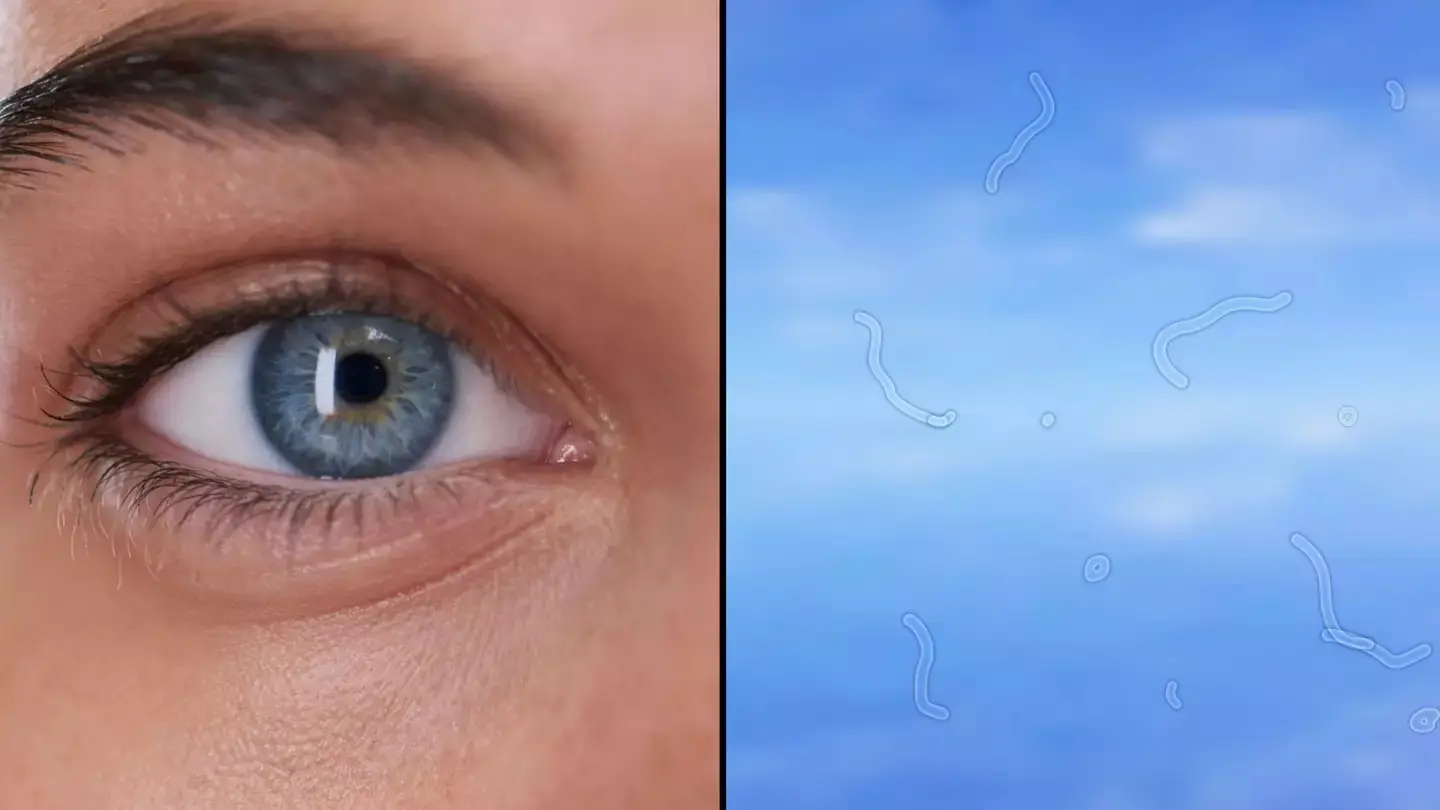
Eye Doctor Reveals What To Do If You Start Seeing ‘Floaters’
News Post
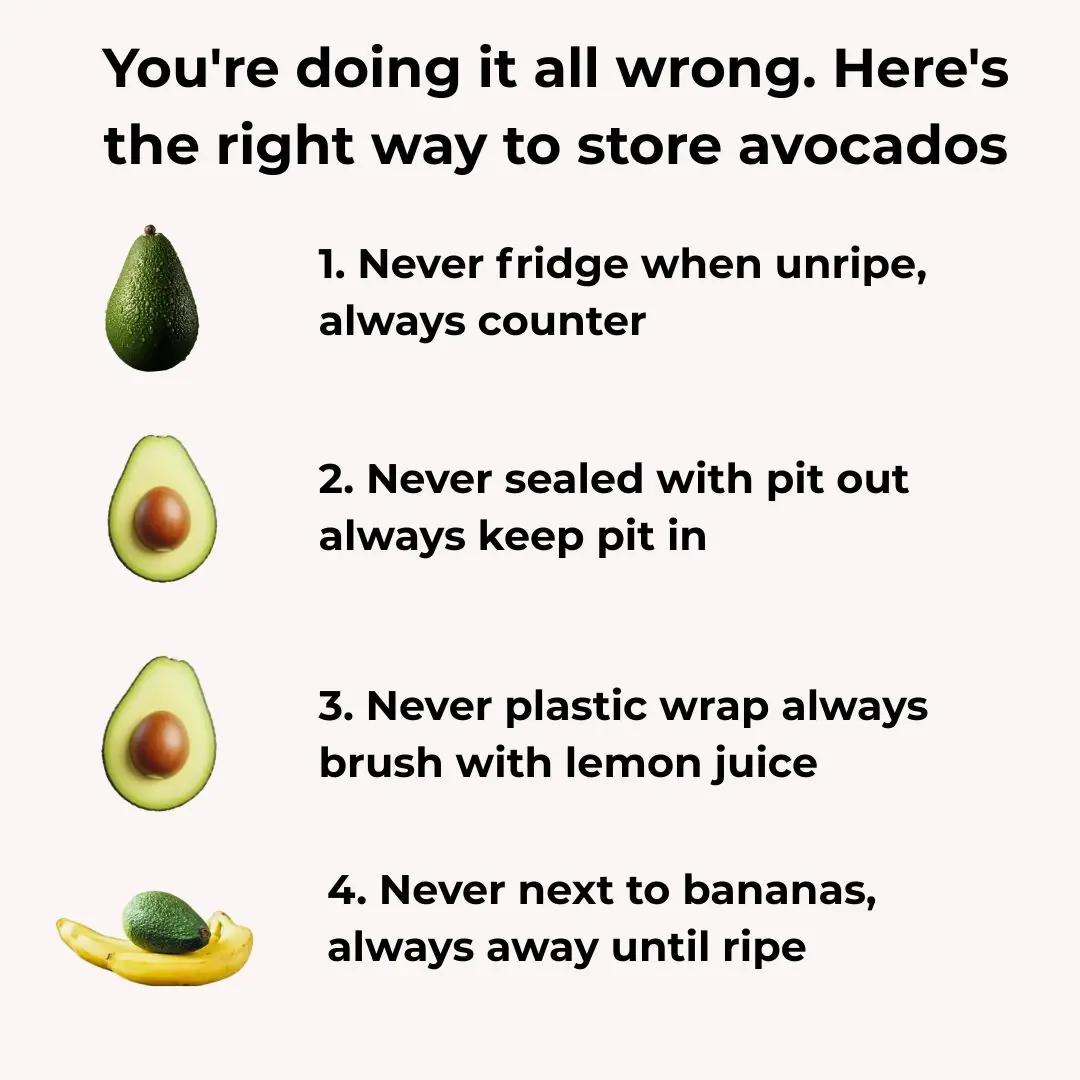
You're doing it all wrong. Here’s the right way to store avocados

8 reasons why adding baking soda to your toilet tank is a must-do trick
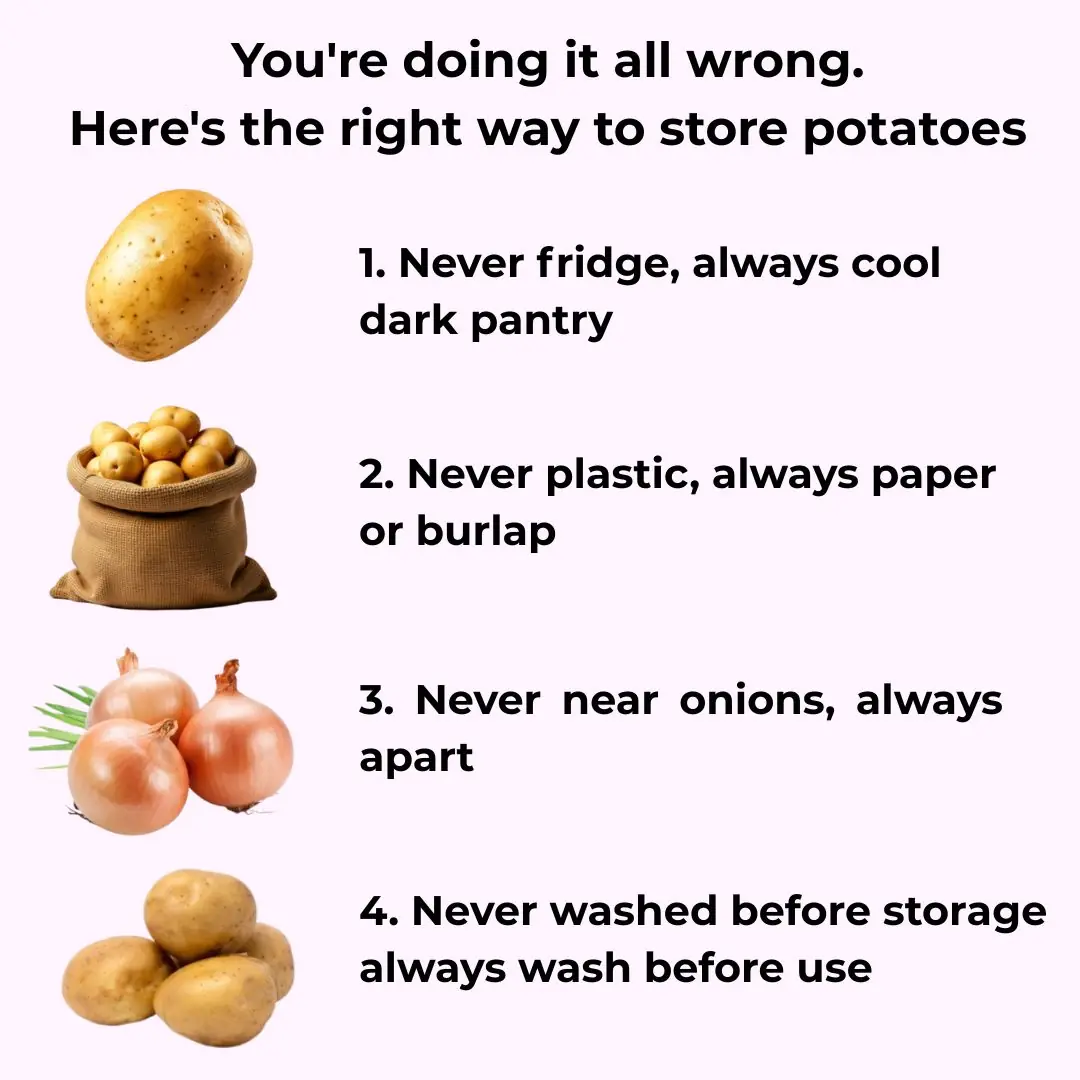
You're doing it all wrong. Here’s the right way to store potatoes
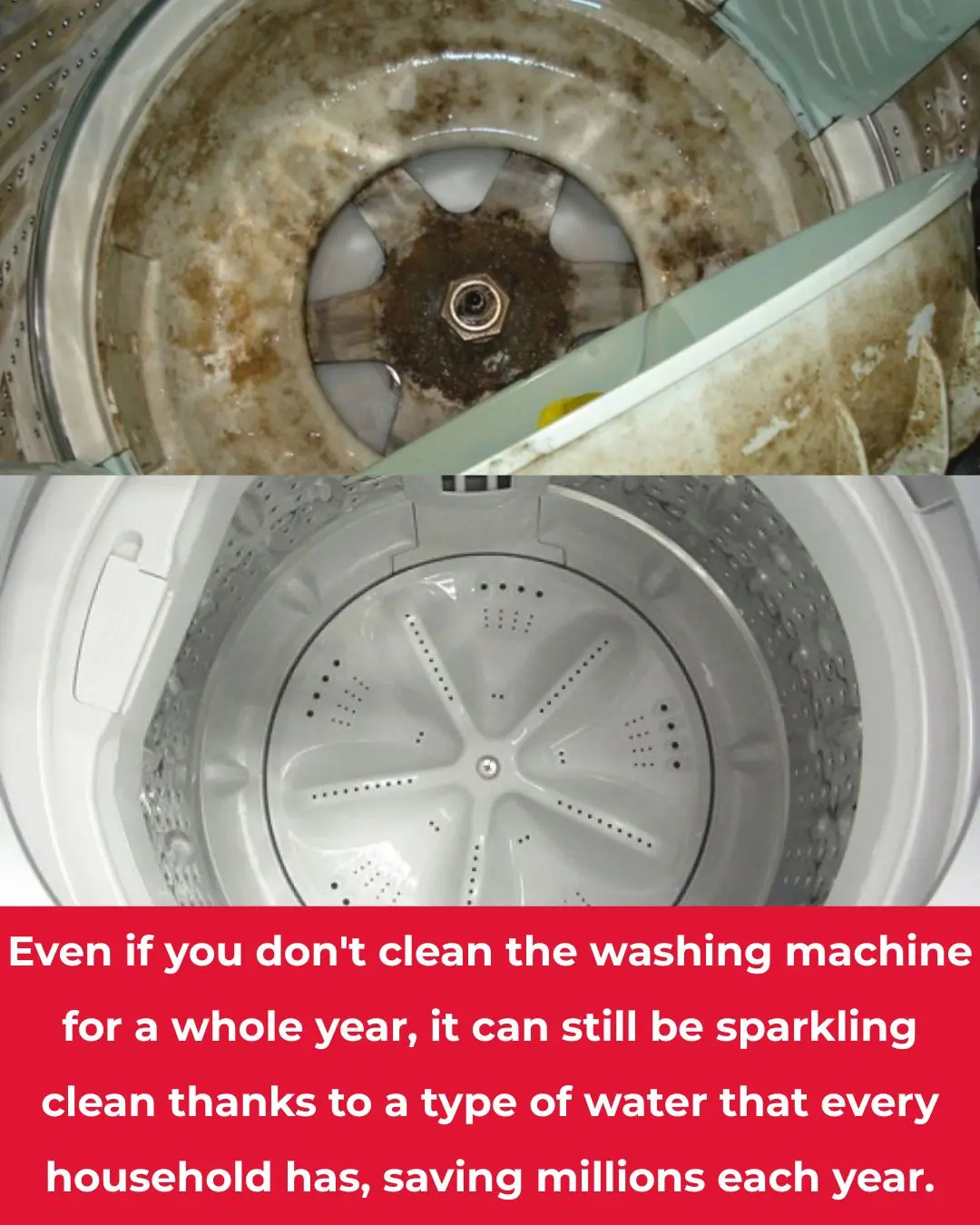
Washing machine stays clean all year without scrubbing thanks to a common household liquid, saving millions every year 👇👇

Aster flowers, the 'miracle cure' hidden in roadside wild plants
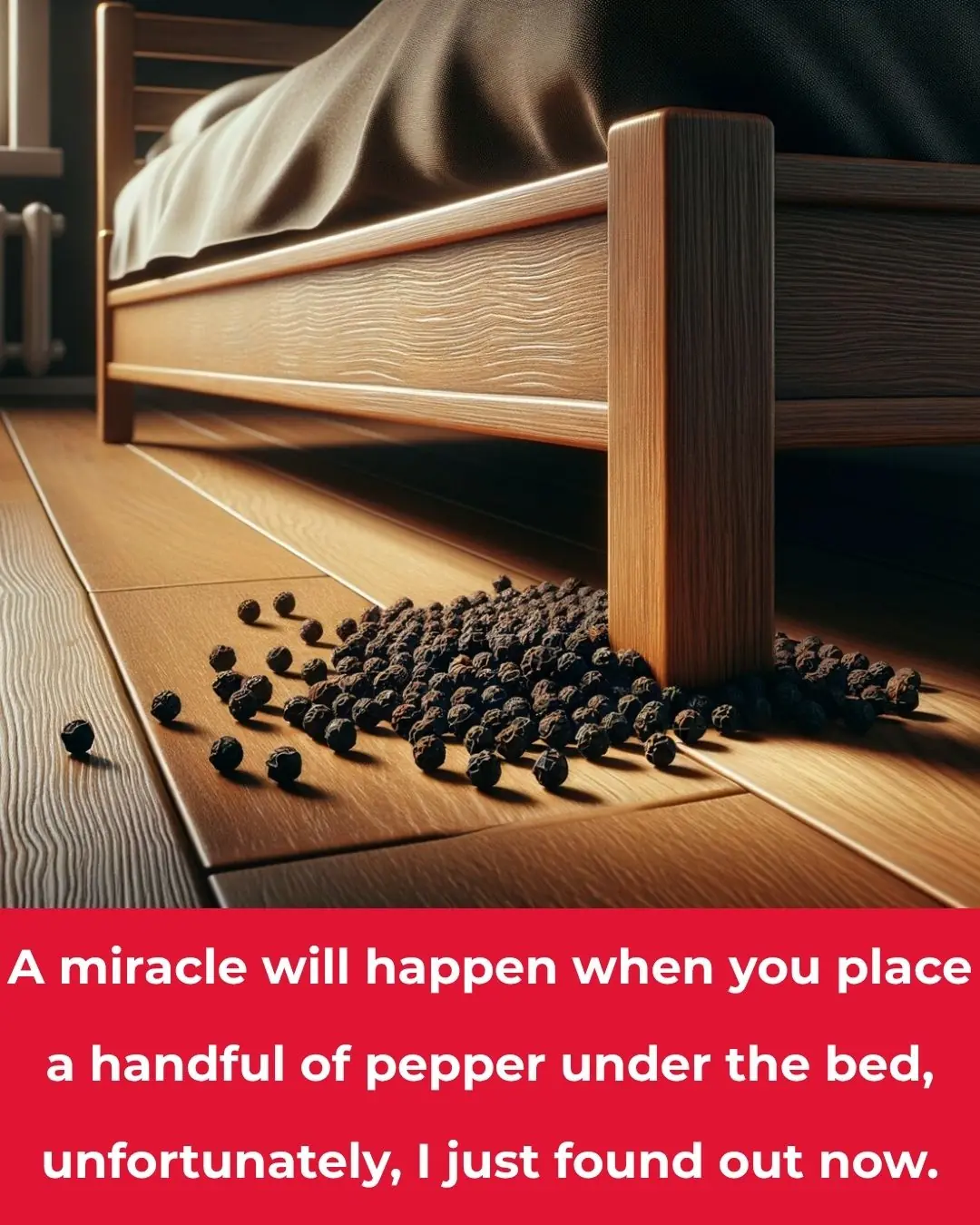
A miracle will happen when you place a handful of pepper under your bed, too bad I just found out 👇👇👇
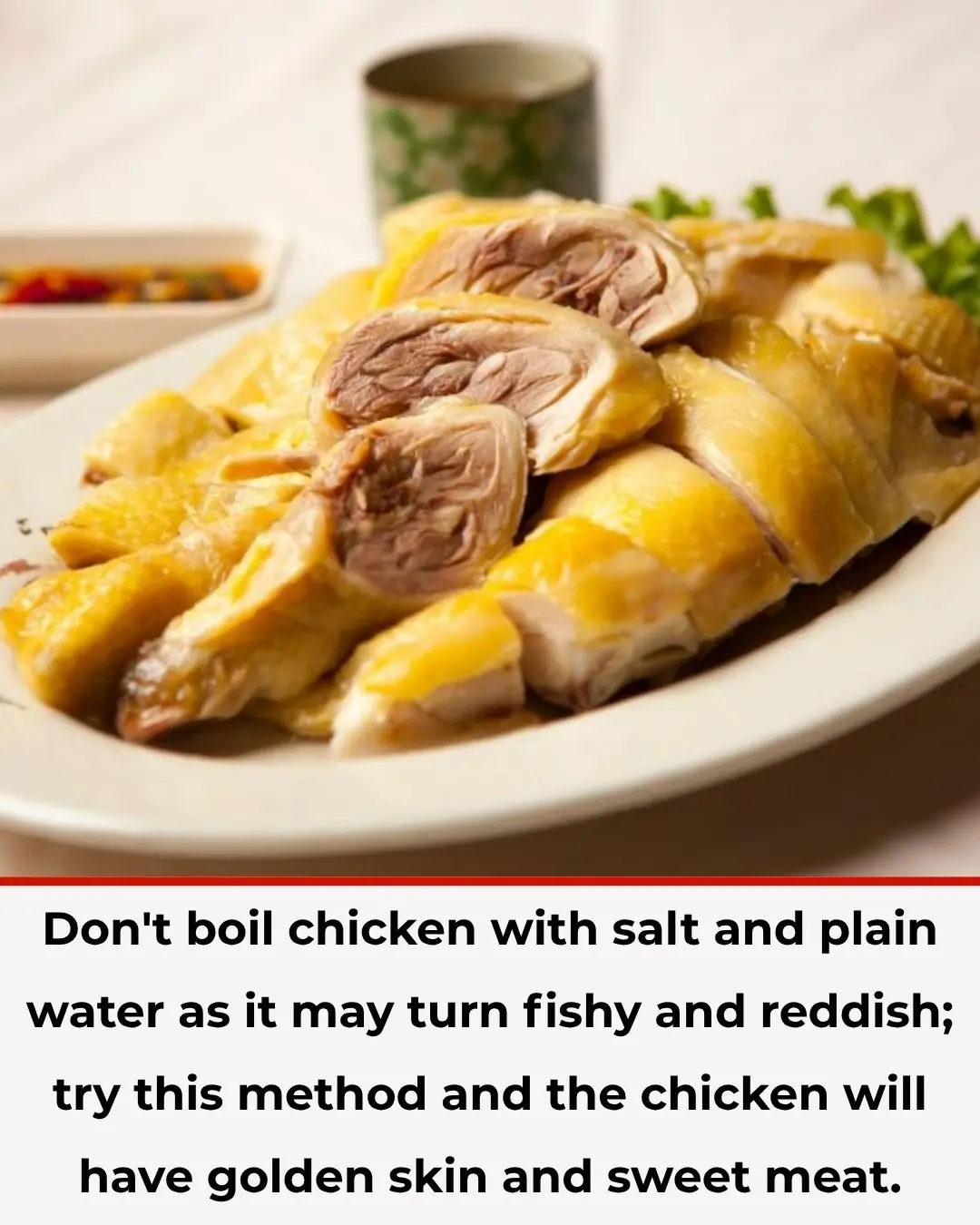
Don't boil chicken with salt and plain water, or it will turn out fishy and reddish. Try this method for golden skin and sweet meat.

Don't throw away tea that's been left overnight: It has up to 5 amazing uses that everyone will love
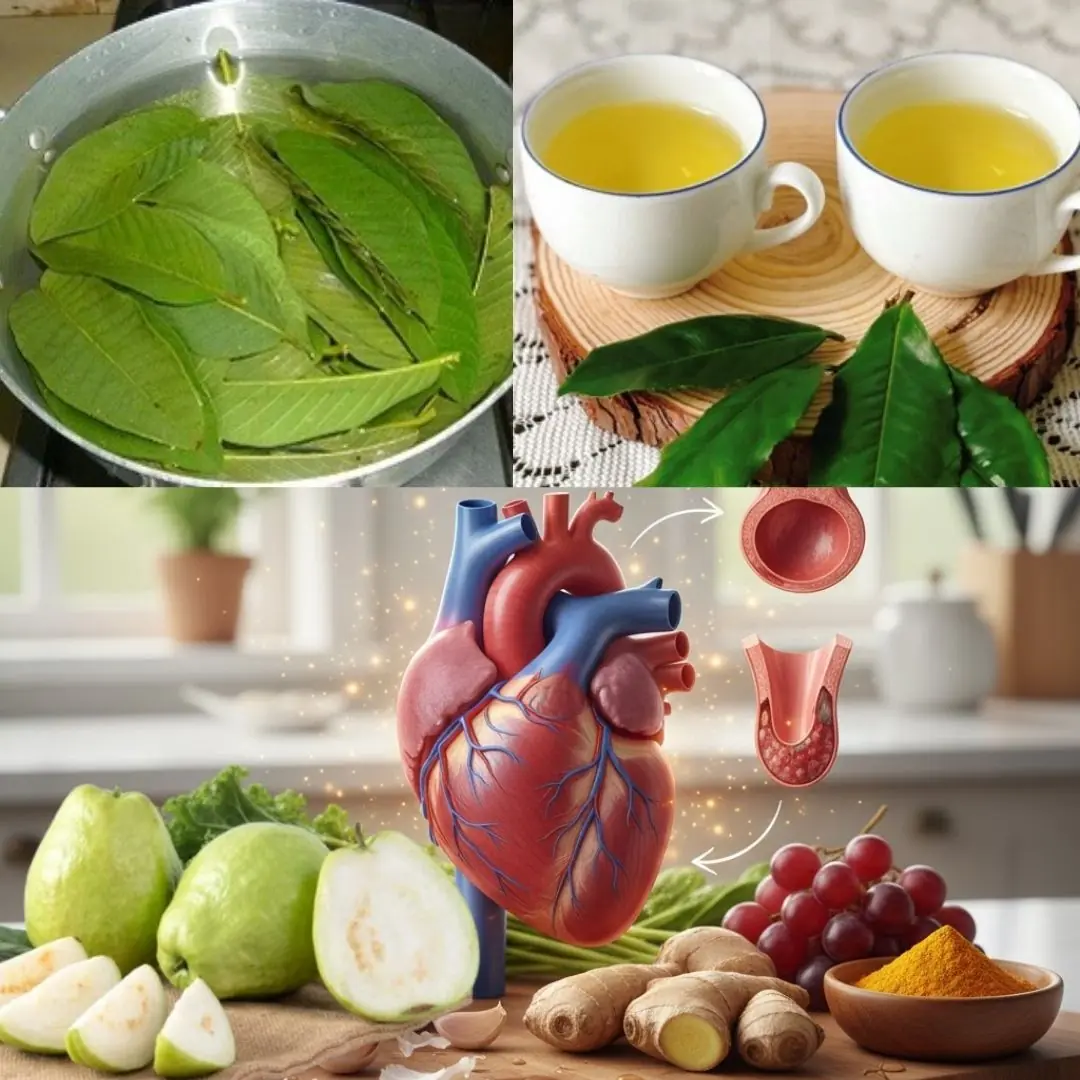
The Best Tea for Mornings and After Dinner: A Powerful Blend for Health

Homemade Vitamin E Cream for Face – Vitamin E Oil benefits for Skin
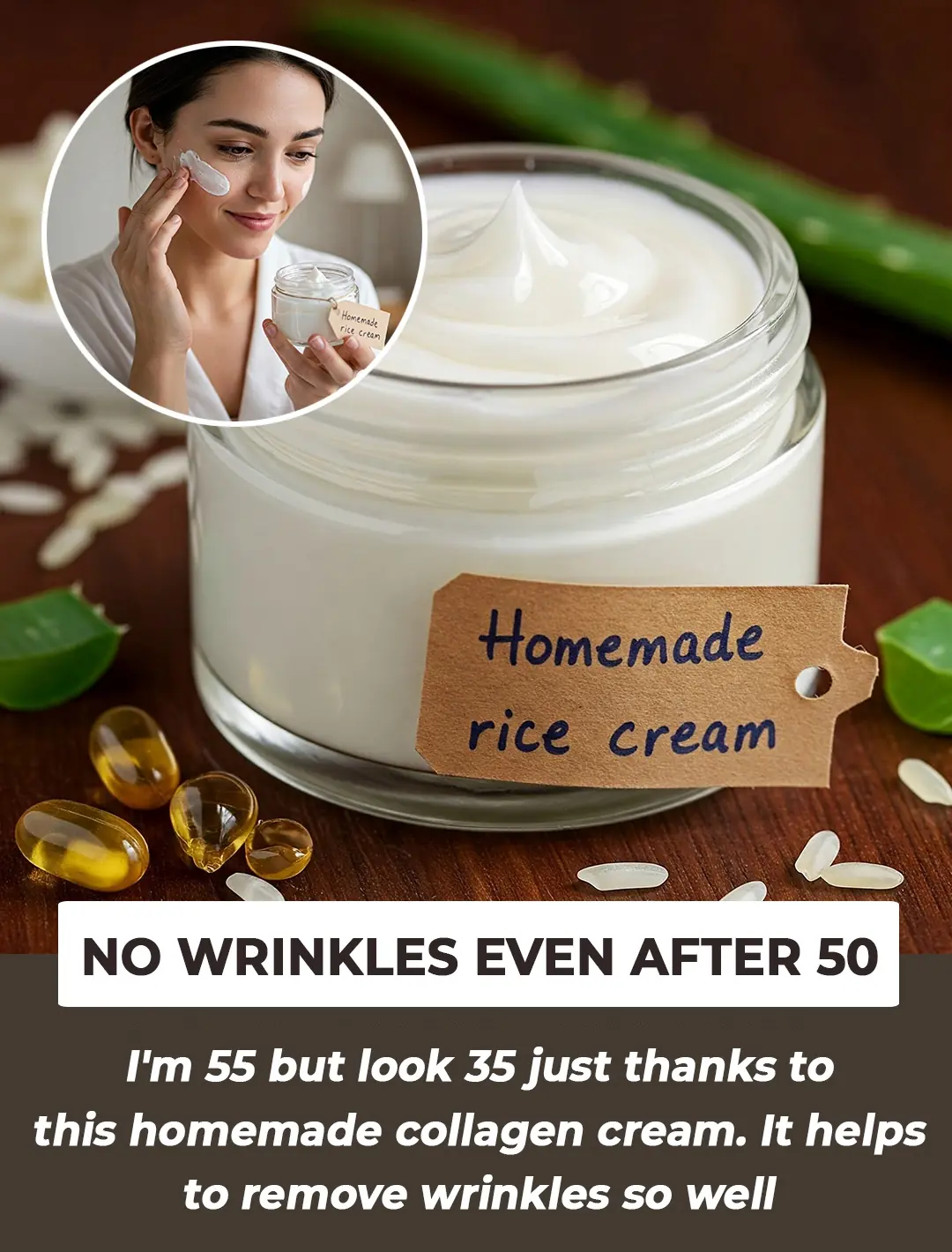
DIY Rice Cream for Glowing Skin - The Ultimate Anti-Aging Moisturizer

This DIY curry leaves and lemon oil can give your hair healthy growth

Grow Date Trees From Seed (Start in a Pot → Plant Outdoors): The Complete, No-Stress Guide

Should You Place a Fan Close to or Far from the Bed While Sleeping? Many Homes Are Doing It Wrong
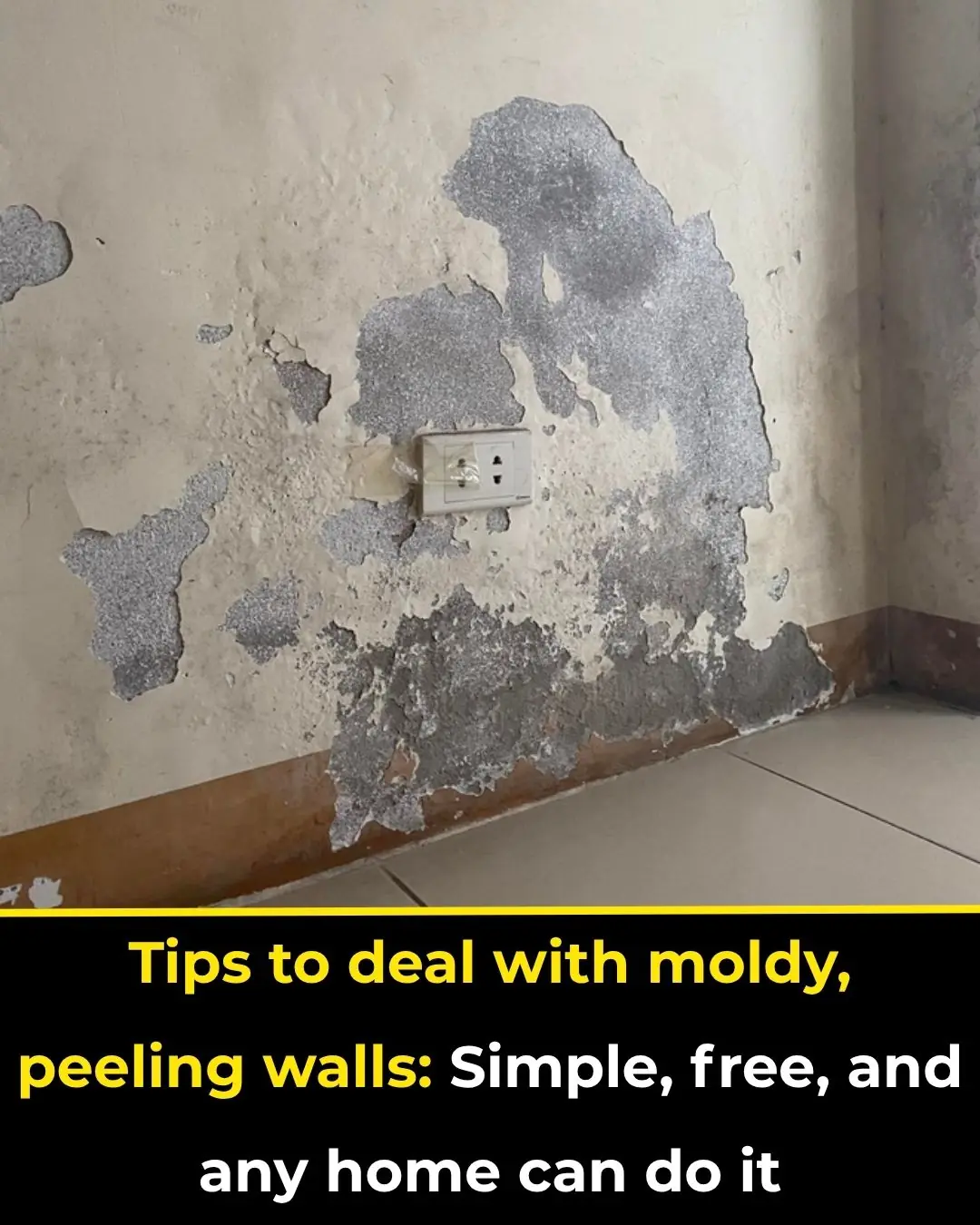
Simple, Cost-Free Ways to Fix Moldy or Peeling Walls — Easy Solutions for Every Home
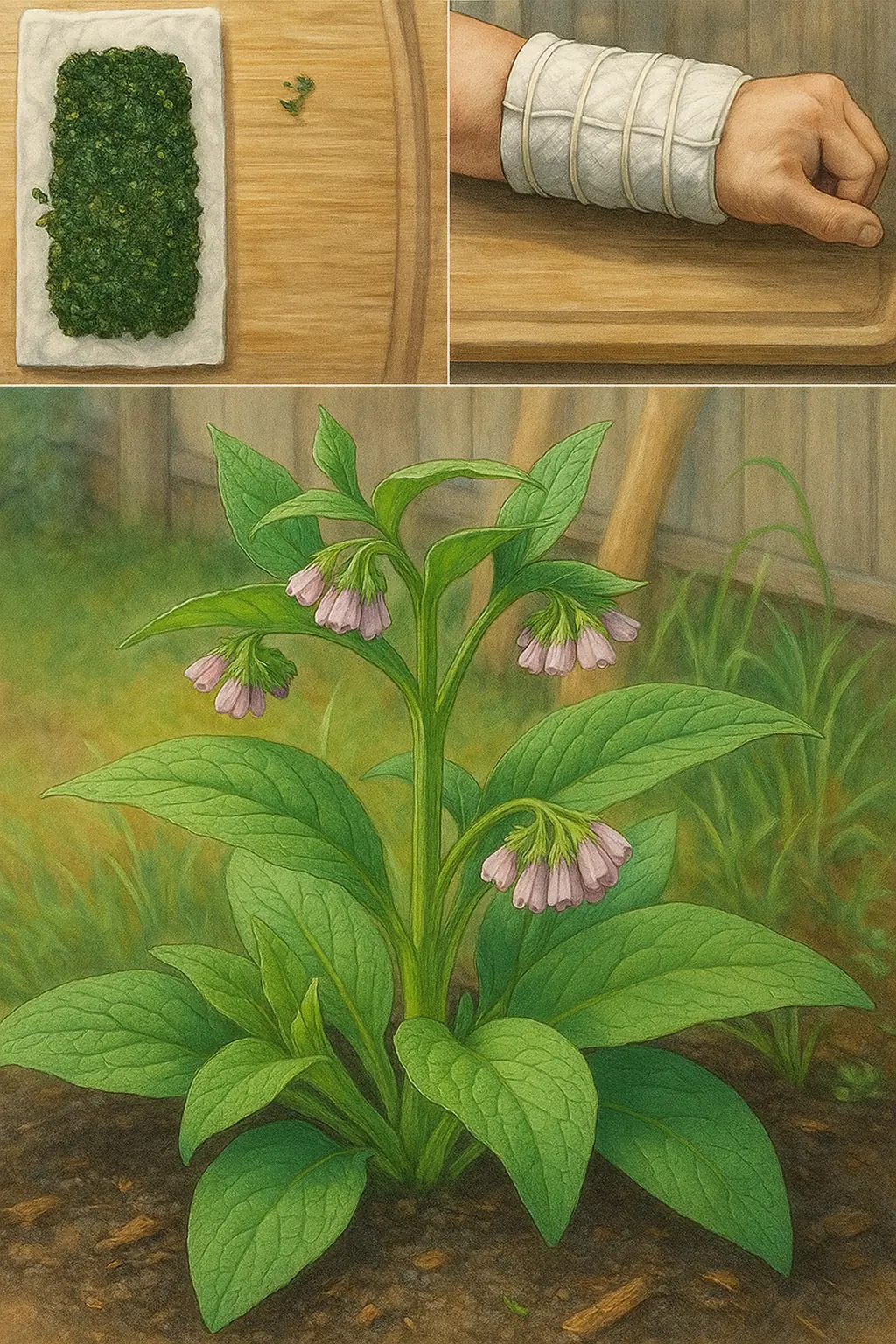
The Incredible Benefits of Common Comfrey: Uses, Remedies, and Precautions

Why Do Fish Sellers Often Use Black Plastic Bags? A Simple Trick Few People Notice
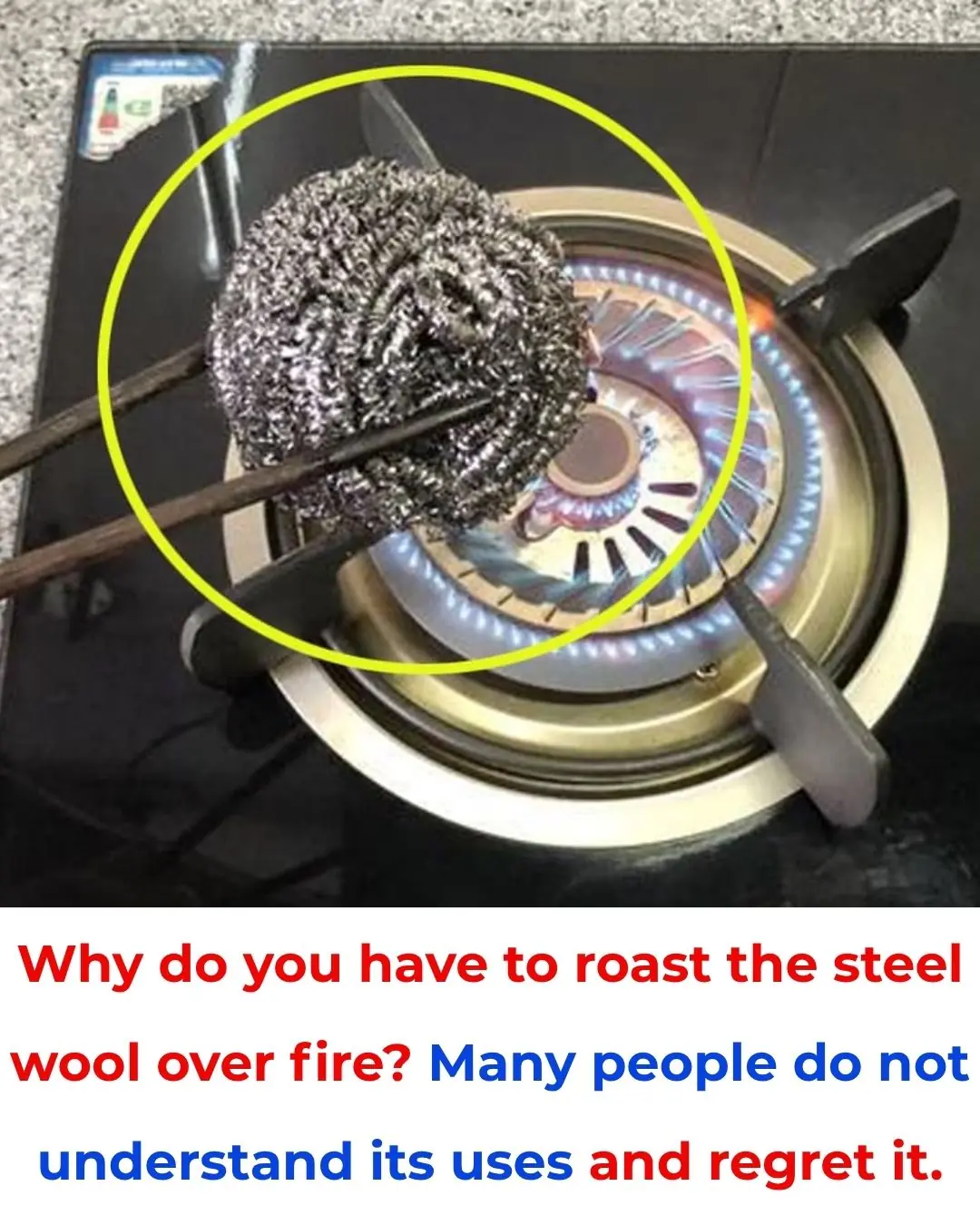
Why Do We Burn Steel Scrub Pads Over Fire? Many People Don’t Know This Useful Trick
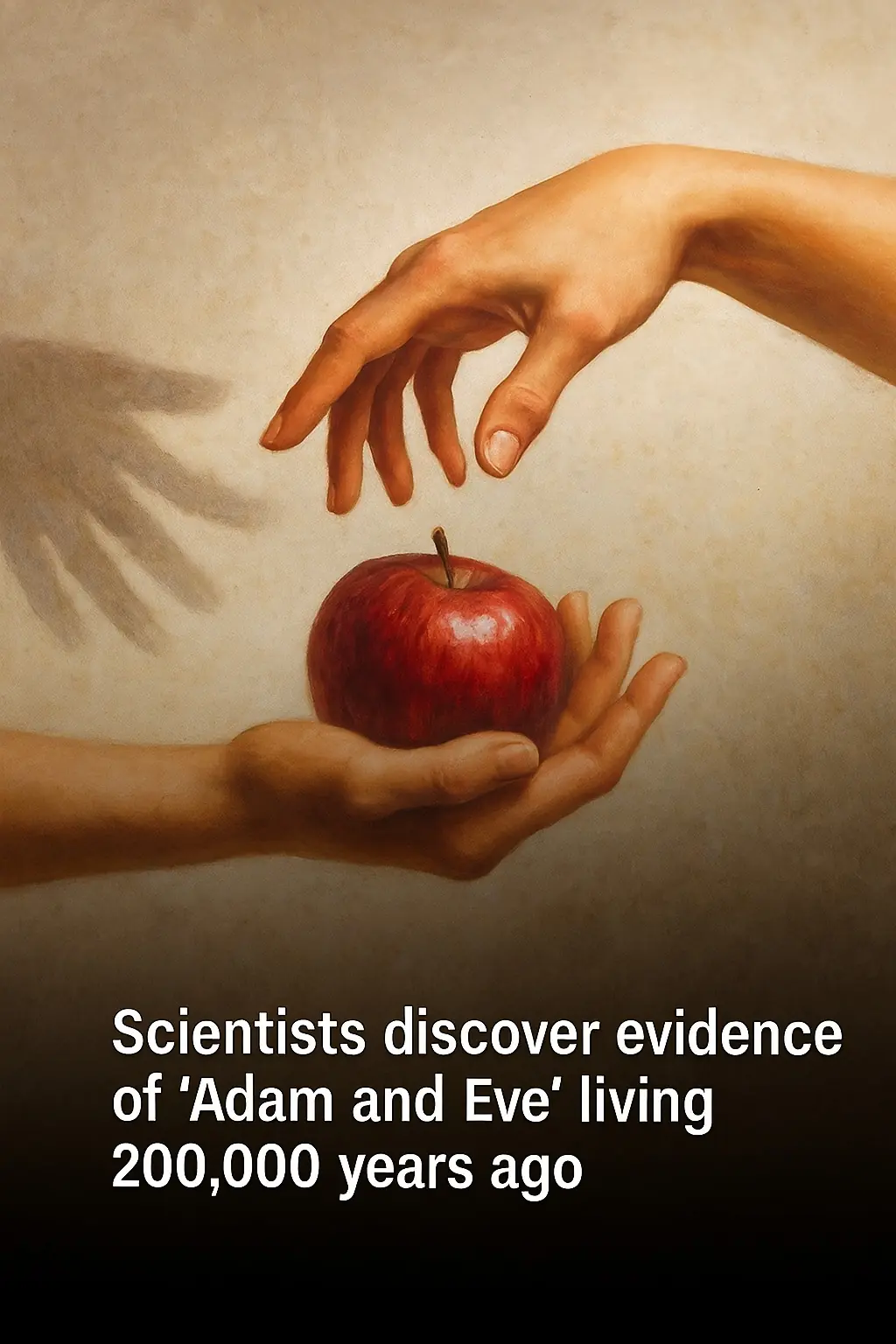
Scientists discover evidence of 'Adam and Eve' living 200,000 years ago
